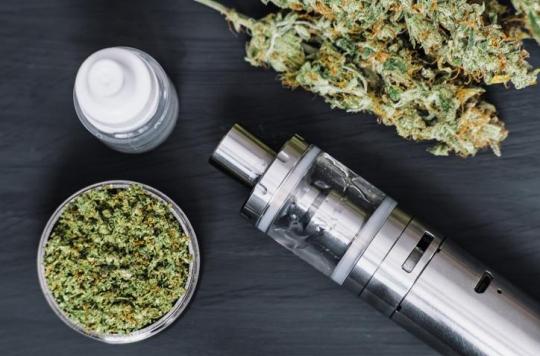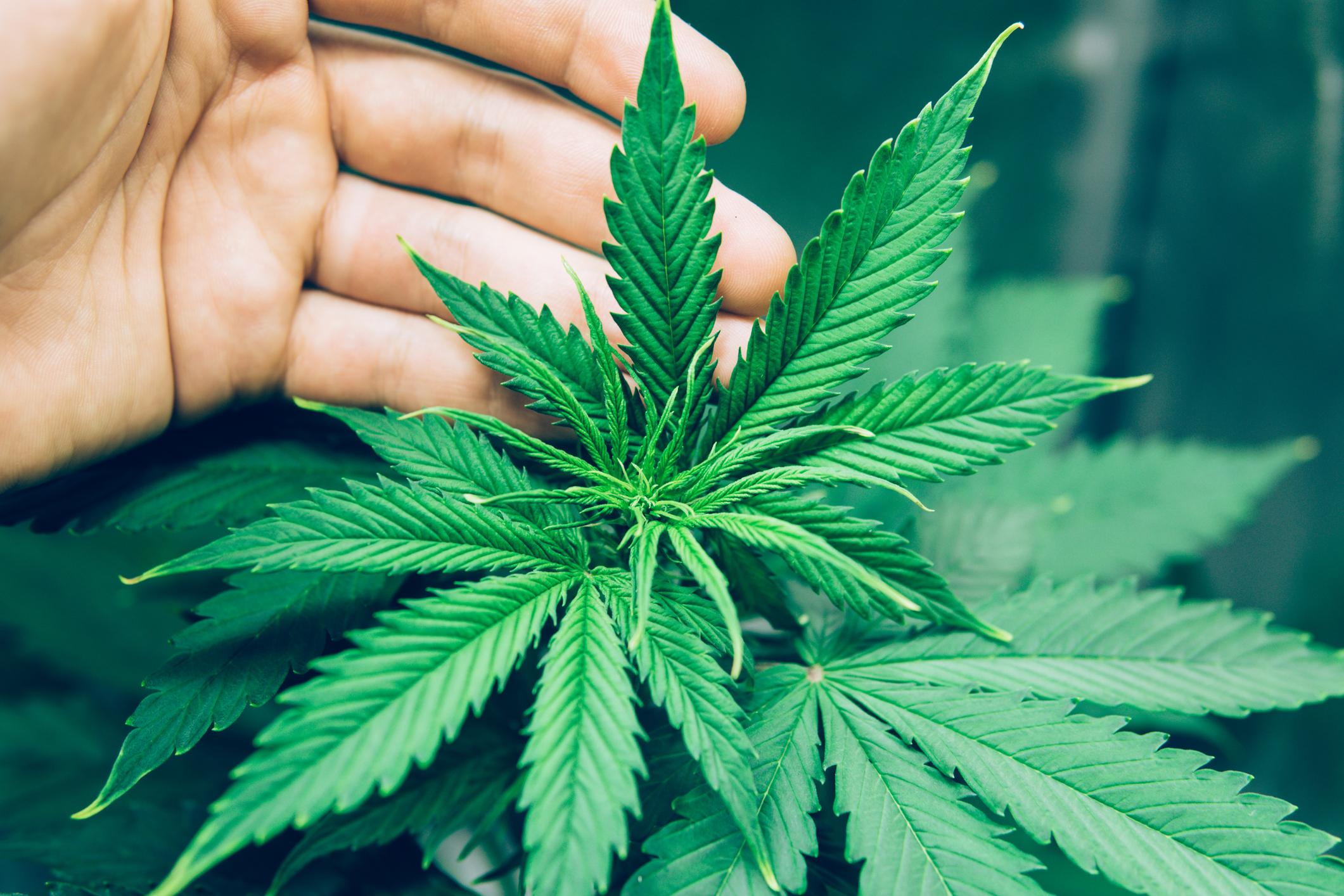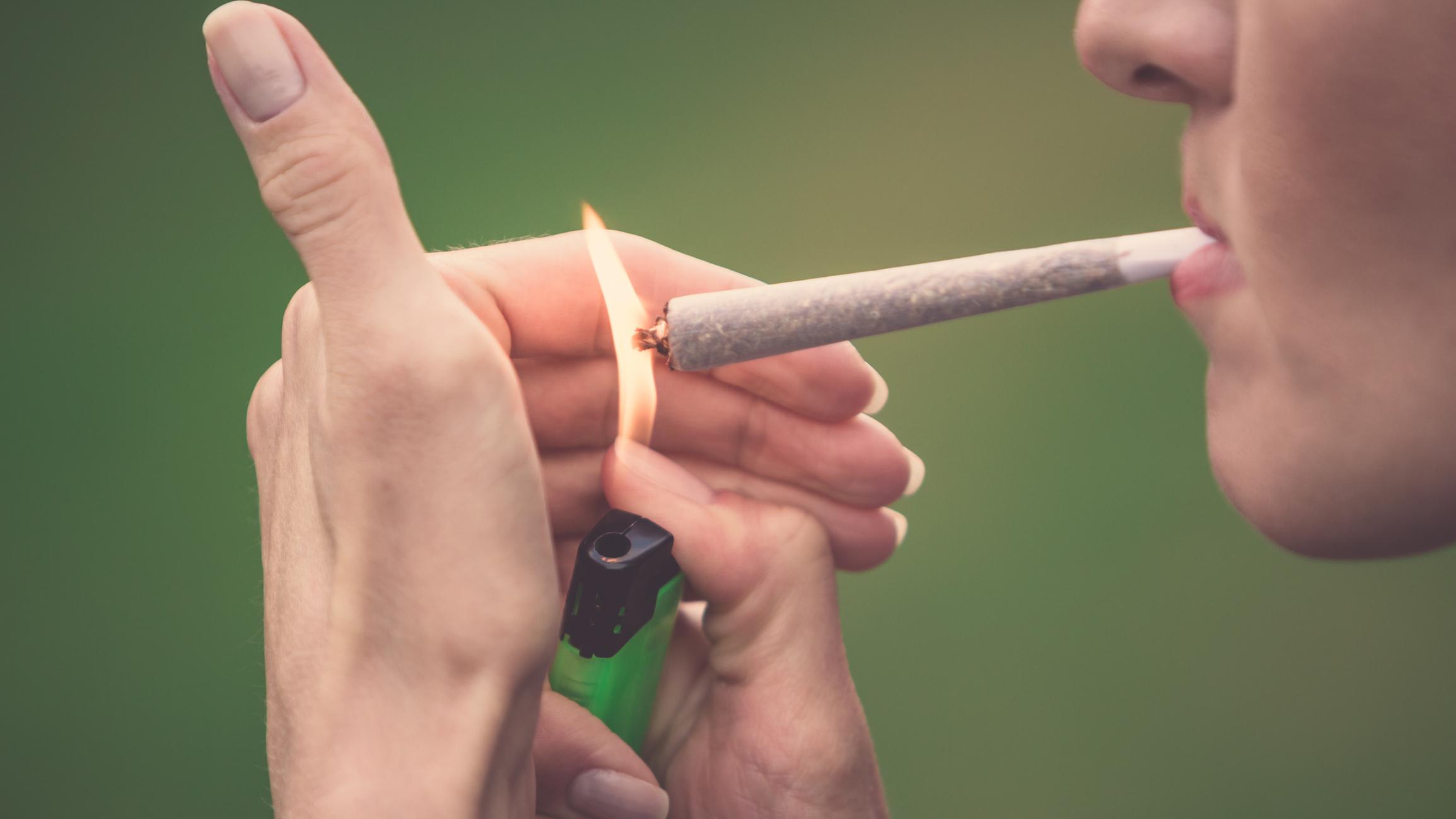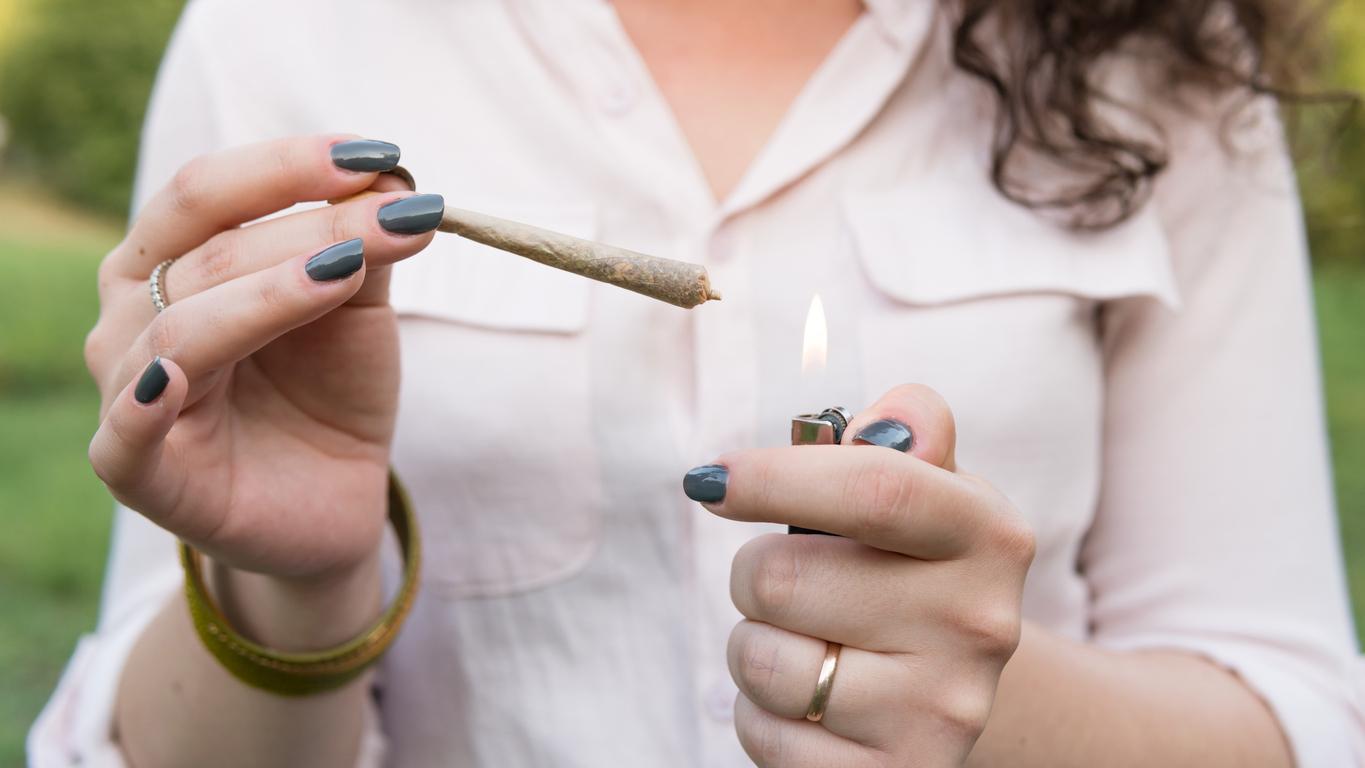Unlike smoking tobacco, vaping cannabis is said to increase short-term anxiety, paranoia, as well as memory and attention deficits.

Smoking joints while vaping is no less harmful to health than if it is inhaled in the traditional way: this is what researchers at Johns Hopkins Medicine argue. In their new work, published November 30 in JAMA Network Open, they thus challenge the idea that vaping is safer when you want to consume cannabis.
Certainly, vaping produces fewer harmful components from combustion products such as tar than rolling papers and tobacco. But, they explain, for novices or those who do not use cannabis regularly, vaping releases greater amounts of THC (tetrahydrocannabinol), the main psychoactive molecule in cannabis, which increases the risk of adverse effects.
“Our study suggests that some people who rarely use cannabis should be careful about the amount of cannabis they use with a vaporizer and should not drive, even within hours of using it. This could be dangerous for themselves. and for others and, on top of that, they can experience negative effects such as anxiety, nausea, vomiting and even hallucinations,” Ryan Vandrey, associate professor of psychiatry and humanities, said in a statement. behavior at Johns Hopkins University School of Medicine.
Slower reaction time, attention deficit
As part of their work, the researchers asked 17 volunteer participants (9 men and 8 women, average age 27) who had not used cannabis in the past 30 days and had only used very rarely for more than a year, smoking or vaping cannabis once a week for 6 weeks. The units supplied contained either 0.10 or 25 milligrams of THC. The researchers claim that 25mg of THC is a “relatively low” dose, at least much lower than what is typically found in pre-rolled joints sold in pharmacies or coffee shops. Participants smoked pre-rolled joints or inhaled e-joint vapor without knowing the THC dose.
During the 6 sessions, measurements of vital signs such as heart rate and blood pressure were taken, blood samples were taken, and each participant completed a medication effects questionnaire.
Results showed that within minutes of smoking, participants who vaped the 25-milligram dose of THC reported an average of 77.5 on the overall strength of the drug’s effect, a larger response than those who smoked the same dose. They also reported a 7% higher average score for anxiety and paranoia than people who smoked the same amount of cannabis. Finally, they reported more dry mouth.
As part of the experiment, the scientists also gave the participants three computerized tasks designed to measure their attention span, memory, physical reaction time and motor movements. They then found that reaction times were on average more than 120 milliseconds slower with both active doses of THC, whether smoking or vaping, compared to reaction times after smoking or vaping cannabis without. THC.
“Our participants had significantly greater task impairments after vaping than when they smoked the same dose. Which, in the real world, translates into more functional impairments when driving or performing daily tasks” , says Tory Spindle, a researcher in the Behavioral Pharmacology Research Unit at Johns Hopkins University Bayview.
A higher concentration of THC when cannabis is vaped
How to explain it? Researchers have shown that when vaping cannabis, THC levels in the blood are much higher than if it had been smoked. At 10 milligrams of THC, blood THC levels averaged 7.5 nanograms per milliliter in vapers, compared to 3.8 nanograms per milliliter in smokers 10 minutes after consuming cannabis. At 25 milligrams of THC, blood levels averaged 14.4 nanograms per milliliter when vaped versus 10.2 nanograms per milliliter when smoked.
The scientists report that two participants vomited after vaping 25 milligrams of THC, and another had hallucinations. Another person vomited after smoking 25 milligrams of THC.
The authors of the study point out that their work only focused on a small number of participants and over a short period of time. In fact, they could not observe “the long-term effects of vaping, for example if there is a risk of chronic bronchitis”.

.















